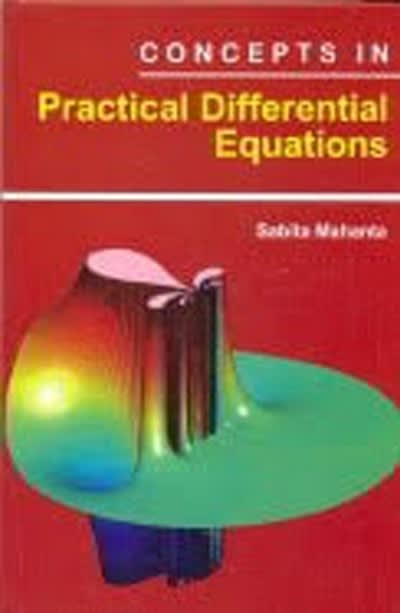Question
QUESTION 1 A researcher is interested in studying a sample population, and then applying the findings to the population. This is referred to as: A.
QUESTION 1 A researcher is interested in studying a sample population, and then applying the findings to the population. This is referred to as:
A. Statistical inference
B. Statistical implying
C. Statistical relevance
D. Statistical coding
QUESTION 2 Professor Chen is trying to estimate the true parameter from the sample she is using, in order to make inferences to the population. She wants to be 95% confident of her estimate. Professor Chen is calculating a:
A. Confidence statement
B. Functional inquiry
C. Confidence interval
D. Symmetrical computation
QUESTION 3 With resource and time constraints, Professor Martinez wants to sample a portion of a population. In order to determine how big a sample, he computes the __________ to achieve the level of precision desired.
A. Sample extent range
B. Sample size calculation
C. Sample requirement rate
D. Sample scope formula
QUESTION 4 A study concluded that musical ability is not associated with analytical ability when in fact there is a relationship. This mistake is called
A. Type I error
B. Statistically significant
C. Type II error
D. Multiple comparison correction
QUESTION 5 As a rule of thumb used by journals and research organizations, the most common significance level is typically __
. A. .25
B. .05
C. .50
D. .75
QUESTION 6 Professor Luigi wants to test whether two categorical variables are related from a cross-tabulation of data. She is likely to use a:
A. Mixed course test
B. Chi-square test
C. Criterion-subject test
D. Alpha-beta test
QUESTION 7 The null hypothesis is rejected when
A. The significance level is high
B. The p value is lower than cutoff point
C. The confidence level is low
D. The test statistic is low
QUESTION 8 In his research, Professor Perez collected estimates from several samples of the same size from the same population. In doing so, she is creating part of a:
A. Sampling schema
B. Sampling cohort
C. Sampling distribution
D. Sampling reference
QUESTION 9 A researcher must consider that confidence intervals only reflect some sources of error, and may not capture:
A. All other answers\All of the above
B. Nonresponse error
C. Measurement error
D. Causal inference error
QUESTION 10 ____ ____ means making conclusions about an unknown population parameter based on a sample estimate.
A. Statistical Inference
B. Sampling
C. Categorical Test
D. Population Analysis
Step by Step Solution
There are 3 Steps involved in it
Step: 1

Get Instant Access to Expert-Tailored Solutions
See step-by-step solutions with expert insights and AI powered tools for academic success
Step: 2

Step: 3

Ace Your Homework with AI
Get the answers you need in no time with our AI-driven, step-by-step assistance
Get Started


